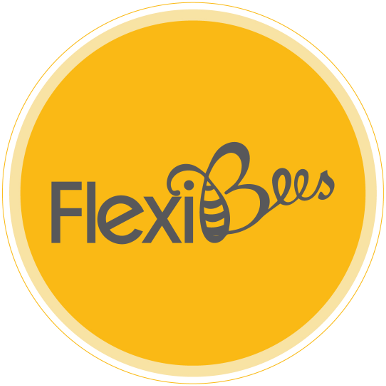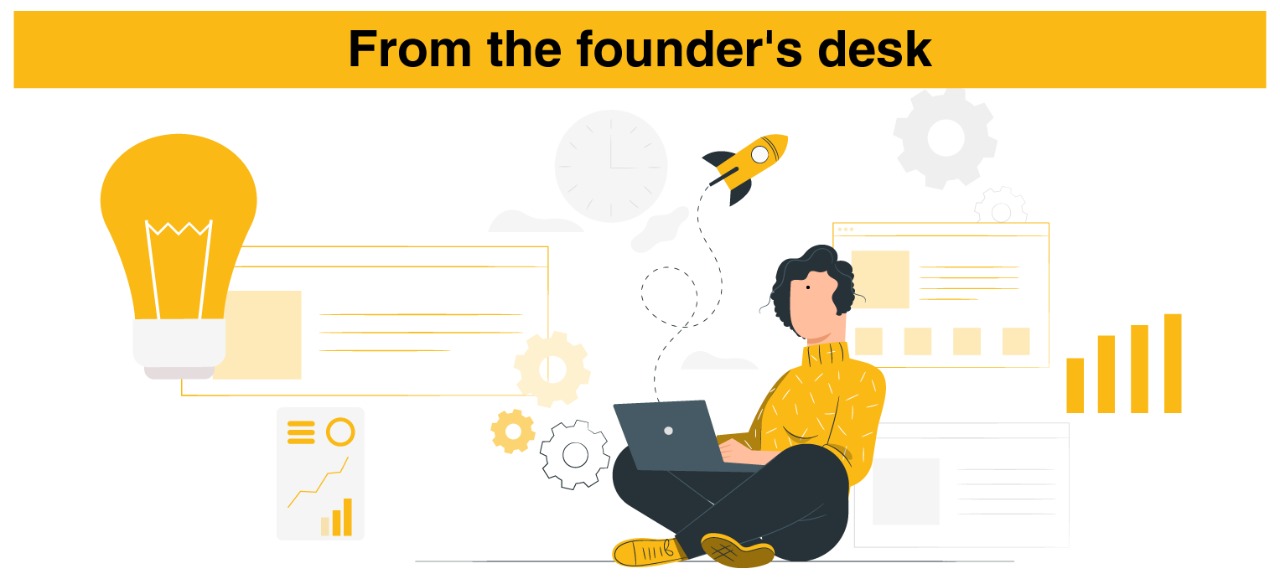Most people think marketing is primarily creativity. It is. It is creativity channelized: drawn, beaten and forged in an iron furnace to meet your specific needs.
Marketing does need a right-brained approach, that resonates with your consumer or her problem, an instinctive understanding of human psychology, and that leap of faith even when you know in your gut that a creative will work even when the tests say otherwise. But it also needs the science that can take its unbridled energy and make something useful of it. In other words, at the heart of good marketing are great frameworks. Plus good principles, and that dreaded word, processes that are well-designed.
But unless and until you have had this training or have hired someone (expensively) who does, many start-ups won’t know about or how to use these frameworks, principles & processes. So we thought of starting a series on Marketing 101s, that we hope will help you whether you are wearing the CMO hat for your start-up or driving it indirectly as brand owner and custodian.
Today I will talk about writing a creative brief
Now, it is my strong belief from years of making good and bad communication, that the brief is the most important part of the creative process. It informs your creative teams about your brand, its context, the consumer you are trying to target, their problem, etc, as well as what you are looking for in this specific piece of communication: all very crucial information your team does need to produce advertising that hits the bull’s eye. Good briefing practices will also differentiate you as an employer for the creative team i.e. your writers, designers, video creators, et al. It will create clarity, ownership and ensure all of the essential information is given in advance thus reducing the need for heavy rework.
Having worked on big brands as part of my corporate career, we generally used to have campaign briefs, which were these 1-pagers that would contain all possible information that we wanted to provide to the ad agency for them to do their magic and produce a great campaign. In the start-up world, while not all of it is needed for the budget friendly creatives we tend to do, some parts can serve well as a one time exercise to guide your brand in the right direction for the foreseeable future.
Here is a breakdown of some of the elements of the brief, tailored to the start-up world:
This is the human truth about your customer that unlocks the core idea behind the brand or that particular piece of communication.
For example, for FlexiBees it would be:
Start-ups need good talent, but can’t always afford them or want to commit to full-time ones.
In fact, if this was for a piece of communication instead of the brand overall, it would be even sharper and I might have to choose between the points of affordability and commitment.
For Whitehatjr, it could be:
Parents will invest in preparing their children to have the right competitive skills to succeed
The first example outlines a need. That is usually the case for most B2B products and services. Offerings are mostly functional, created to fill an actual unmet need, and trigger rational purchase. The second one highlights an opportunity. Again often (but not always) the case for B2C brands, where you want to create the need by tapping into an aspiration or a value.
While we all usually know who our target audience is, for creating great communication, it is advisable to flesh out the audience a bit, to help the creative team visualise.
For example, for a contemporary office-wear fashion brand, it could be:
Shreya is a young office goer in her 20s. She loves going to the office, the environment is cool and trendy, and she spends the largest part of her day there. In fact, it is also where she socialises, and has friends at. Looking well put together has always been important to her, and now that she is earning, she wants to invest in creating a style of her own. She doesn’t mind pushing the boundaries on conventional office-wear, as long as it’s comfortable and suits her pocket.
This gives the creative team (and the brand and product teams) a north star to keep in mind when they are designing any communication. For the creative teams, the easier to visualise you make it, the better it is for communication. It will flow into every aspect of the comms, from something as fundamental as the logo to a static photo shoot to creative copy.
This element details what your consumer or customer thinks and does now vs what you want them to start thinking and doing after seeing your communication.
It outlines succinctly the task the marketing and creative teams have on their hands, and focuses all creative effort in that direction.
For FlexiBees it could be
Think & Do now: I have no choice but to hire freshers & train them because they are the only ones who will fit in my budget
Think & Do in response to communication: I can hire experienced and job-ready talent affordably by using part-time models from FlexiBees !
- Why should the consumer believe you
This is crucial for product companies, but mostly all brands have to do some credibility building. Could be across every piece of communication - like Founded by IIT-IIM professionals or Created by moms for moms - or could be a long-term strategy where you do certain properties which are purely for driving credibility. Examples of the latter are testimonials, demos, etc.
This brings us to the end. Hope this was useful, even if to spark some thought and help feed into your existing methods. Not all briefs will look the same, and yours might have features unique to you, but make sure it includes the information above in some form or the other.
----------------------------------------
FlexiBees has provided companies, both startups and established players, with part-time talent for many projects and roles; across a variety of functions & skill-sets like Inside Sales, Business Development, Marketing, Digital Marketing, Public Relations, Investment Banking, Technology, Content Development, Writing, Graphic Design, etc. All these companies have benefited by being able to hire high quality talent at pricing optimised only for the hours of work they need. With the COVID-19 pandemic leading to businesses trying new approaches, strategies, MVPs, etc, part-time and project-based talent, that are high-quality and affordable, can help.
If you have a role requirement, take 2 minutes to fill our form and we will try our best to fulfil it for you, quickly and to your satisfaction.


